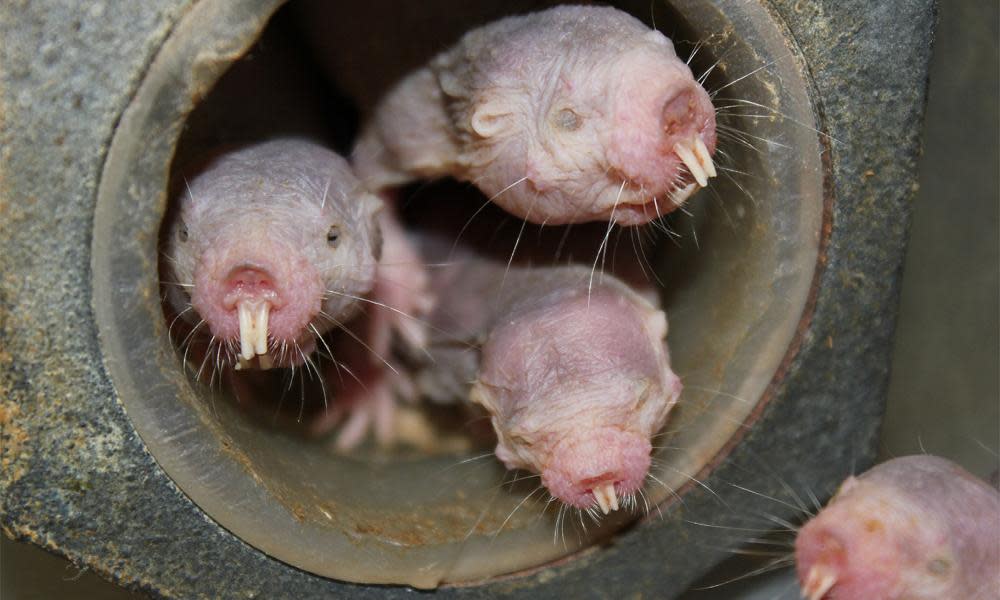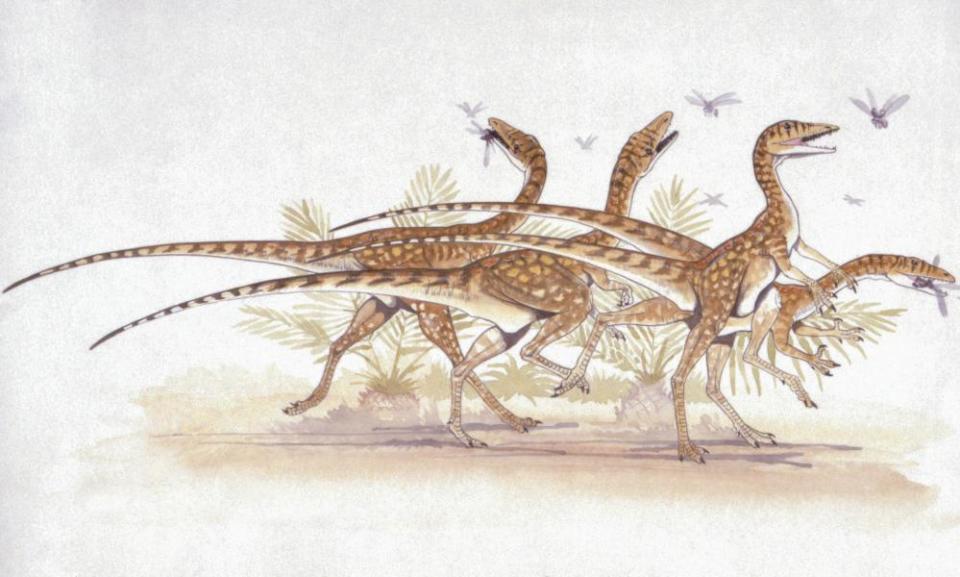Lab notes: emerging from the week’s science like a naked mole rat from a burrow

This week’s biggest stories
In a week in which we discovered that a rather large river has disappeared (hat tip to anthropogenic climate change, you old rogue!) and that aliens so far seem to desire no encounters with us, let alone close ones, it might seem tempting to turn on, tune in and drop out. Certainly the brain scans showing the first evidence of a ‘heightened state of consciousness’ from psychedelic drugs might make this seem a reasonable alternative to facing the tactical voting and alternative fact awfulness currently everywhere. You could always go on a healthy March for Science this weekend instead, though (coming to a city in a country near you!). Or – and this is my my preferred option – you could spend your time marvelling at the incredible adaptability of naked mole rats, whose ability to survive without oxygen was revealed this week. If your weird threshold is particularly high you could give yourself a further treat and spend time looking with revolted fascination at the first living giant shipworm, discovered in the Philippines. It’s very, um. Yes. Um. You’re welcome.
More news from Guardian Science | Sign up to Lab notes
___
Straight from the lab – top picks from our experts on the blog network

How we revealed a new family tree for dinosaurs | Lost Worlds Revisited
A reader weary of regular pronouncements from dinosaur experts might simply shrug and say “so what?”, as our knowledge of dinosaurs, and other extinct animals, is constantly being renewed and updated, with new discoveries quickly falling off of the front pages to languish in the quiet backwaters of academe. These types of adjustments to evolutionary trees might appear trivial, but our study, and many others like it, have a broader relevance that goes beyond their immediate impact. Establishing the interrelationships of animals, plants, fungi and bacteria to each other, to build a great tree of life, forms the basis of all biological science, for reasons I’ll try to make clearer below. As a result, constant efforts are being made to build and refine evolutionary trees so that they depict the best-supported hypotheses of relationships among all living (and once-living) things.
Food for thought: reconstructing the diet of Napoleon’s Grand Army | The Past and the Curious
Archaeology and its related discipline, biological anthropology, can do more than just confirm or falsify historical narratives; it can reveal details of people’s lives (and deaths) unobtainable through other means. Palaeopathology can tell us exactly how young men died on a July afternoon in 1863 in a Pennsylvania peach orchard, or how an older man spent the last few hours of his life 5,000 years ago. Anthropological genetics can tell us that an anonymous skeleton found under a parking lot belonged to a famous king whose family tree was not quite what recorded history claims.
Rob Newman thinks scientists belittle people. I sympathise: science is unsettling | Occam’s corner
It’s true that the course of natural philosophy down through the ages has been unsettling to humanity’s conception of itself. The universe discovered by science appears vast, impersonal and purposeless. And human beings, we now know, evolved on this planet mostly by accident, and live and breathe and have their being thanks to the complex operations of cells and molecules that, despite all the progress, we are still a long way from figuring out completely.
Visit the Science blog network
___
Science Weekly podcast

On 12 April 2016, Russian entrepreneur, venture capitalist, and physicist Yuri Milner announced a new and ambitious initiative called Breakthrough Starshot. Kickstarted with $100 million, the initiative aims to develop and demonstrate new technology, which will enable unmanned space flight at 20% of the speed of light, in the hope of laying the foundations for a mission to Alpha Centauri – our closest star system. But how does this proposed technology work? And what are some of the barriers and challenges in the way? We ask all these questions and more in this instalment of the Science Weekly podcast.
___
Eye on science – this week’s top video
Seriously, look at this thing ...


